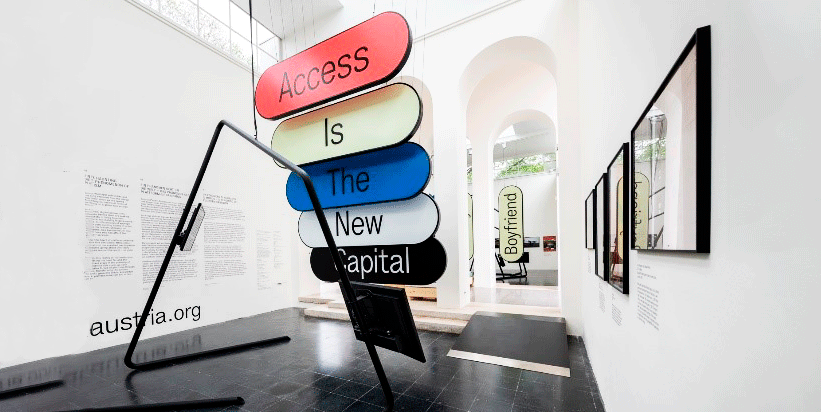How data is changing our cities

Streets where autonomous cars drive, heated sidewalks and hundreds of sensors that monitor movement and air quality in public spaces. According to plans by Sidewalk Labs, a subsidiary of Google parent company Alphabet, the Quayside district in downtown Toronto should become the epitome of a smart city. Although the project was canceled in May 2020 due to economic uncertainties, today Quayside can serve as a blueprint for urban design for multinational technology groups.
They know what we buy, who we meet and where we drive or walk. Airbnb, Amazon, DriveNow, Google Maps, Lieferando, Lime and Uber are just a small selection of platforms and services that collect data on mobility and purchasing behavior. With the help of this wealth of data, technology groups are redesigning urban spaces for the optimal use of their services. A phenomenon that can be described by the term platform urbanism. “Technology companies have immense knowledge about urban mobility. They use this know-how in contact with city administrations, for example to create new transport systems,” explains the art and architecture theorist Peter Mörtenböck. He knows: the architecture departments of Alphabet and Amazon are creating the data-supported districts of tomorrow.
Peter Mörtenböck and his team wanted to know: How do data, the public and urban spaces change each other? Supported by the Austrian Science Fund FWF, the researchers conducted basic artistic research over a period of five years, held conferences, developed exhibitions, published two books and established collaborations. During this project period, more than 100 people were involved in research.
International artistic research
The process was international. Knowledge about video surveillance was collected in London. A trip to Tallinn provided insights into e-governance, another to Mumbai about environments that are only rudimentarily shaped by technology groups. The core team visited Silicon Valley several times. The researchers held discussions with architects and employees from Apple, Meta and Alphabet. “In particular, we looked at the campus architecture and the plans for expanding it with new residential areas. These are prototypes for future housing estates,” explains Mörtenböck. The role of patents was also presented. "The Steve Jobs Theater on the Apple campus and the design of the Amazon department stores are just a few examples of patented designs," explains the visual culture professor.
Artistic research approaches, for example in the form of drawings and animations, helped the researchers to question their own assumptions on topics such as the public nature of data. Creative approaches also have other benefits. “One of our major concerns was to convey how each and every individual is involved in data production. Knowing how the environment is changing insidiously gives you an idea of what data is being collected and what it can do. Artistic research helps to find an interface with the public,” says Mörtenböck. For example, the project team members Lovro Koncar-Gamulin and Christian Frieß developed video installations and animations as visual translations of the research process. Discussions were held with interested parties in Carinthia, Styria and Vorarlberg. Debates were held with international researchers and experts at conferences in Vienna, London and Los Angeles.